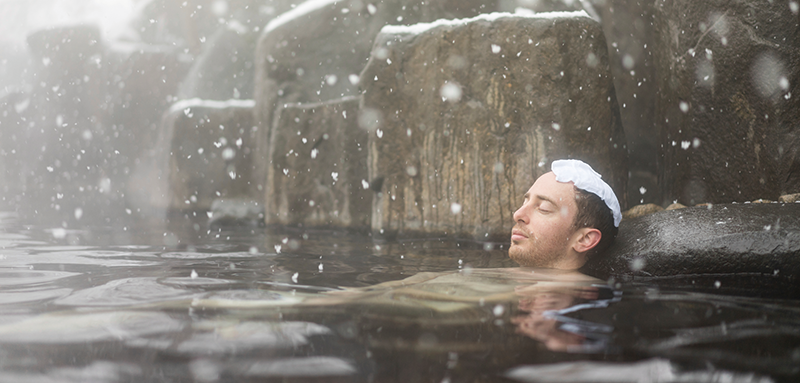By Matt Klampert
Whenever I went out for Japanese food back home, it always put me in the mood for a nice glass of sake. However, drinking sake in its country of origin is another matter altogether. Sake drinking has been popular in Japan going back over one thousand years, and in that time many varieties of the drink have been produced and perfected. On the surface, the types, styles, and brands of sake can seem infinite, and it can be daunting to simply choose one.
Sake in Japan: Getting started
First of all, let’s talk about the word “sake.” Sake is something of a catch-all term referring to alcoholic beverages in general; what we think of as sake in the West is domestically known as nihonshu. Nihonshu is an alcoholic beverage made with rice, water, yeast, and koji- a mold made from fermented rice. It is typically around 15% alcohol, with lighter varieties in the 12-13% range, and stronger types reaching almost 20%. The taste of sake itself can vary from fruitier sweet sake, to bolder dry sake.
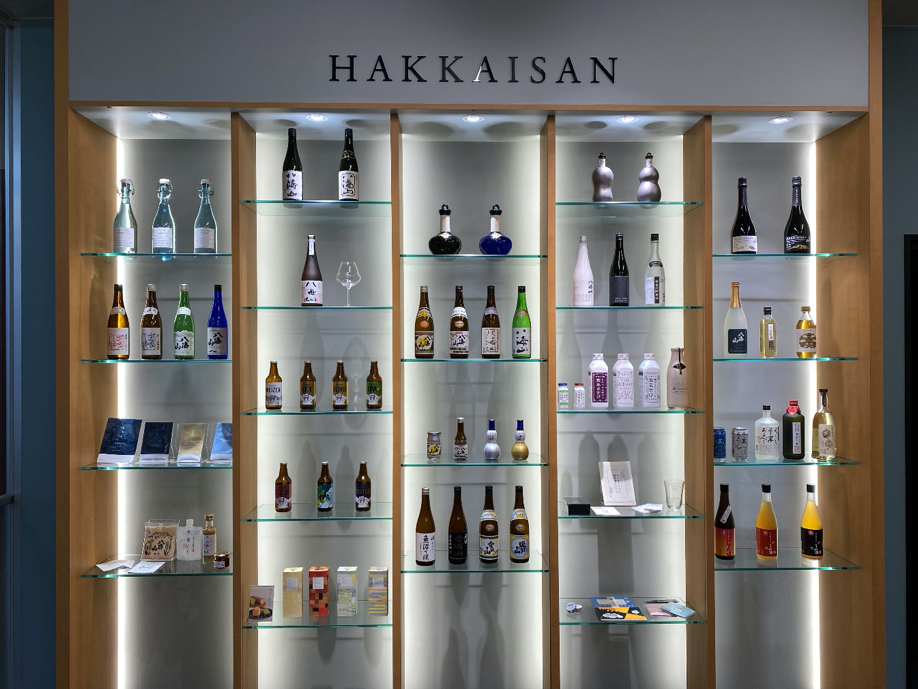
Sake in YUKIGUNI
Much like fine wines, an important component of sake is where it is made. As a general rule, sake in YUKIGUNI is made with soft water. Just like with pizza, good water is essential for good sake, and in that department sake here simply can’t be beat. The characteristic sake of YUKIGUNI is considered to be tanrei, which is dry and lighter than many kinds of sake, and has a clean taste. Niigata as a whole has more individual breweries than any other place in Japan, and today we will introduce some of YUKIGUNI’s finest.
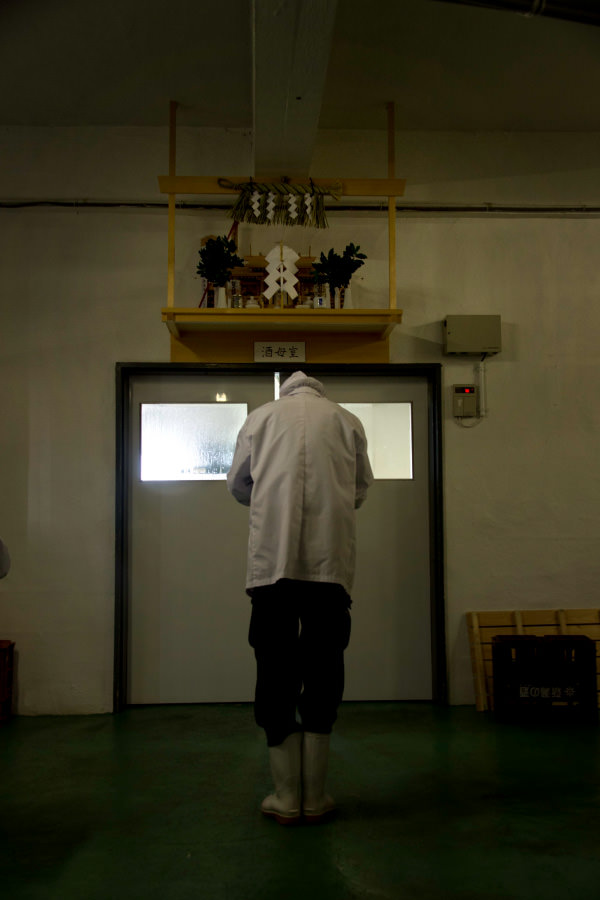
Aoki Shuzo – 300 years of sake tradition
YUKIGUNI has a long tradition of sake brewing, and one of the oldest breweries still in existence is Aoki Shuzo. Originally founded in 1717, the brewery has passed through 12 generations of family ownership while adhering to the highest standards of quality. The brewery employs fourth-generation sake brewers (called Toji), and the building itself still utilizes parts of the original 18th century structure.
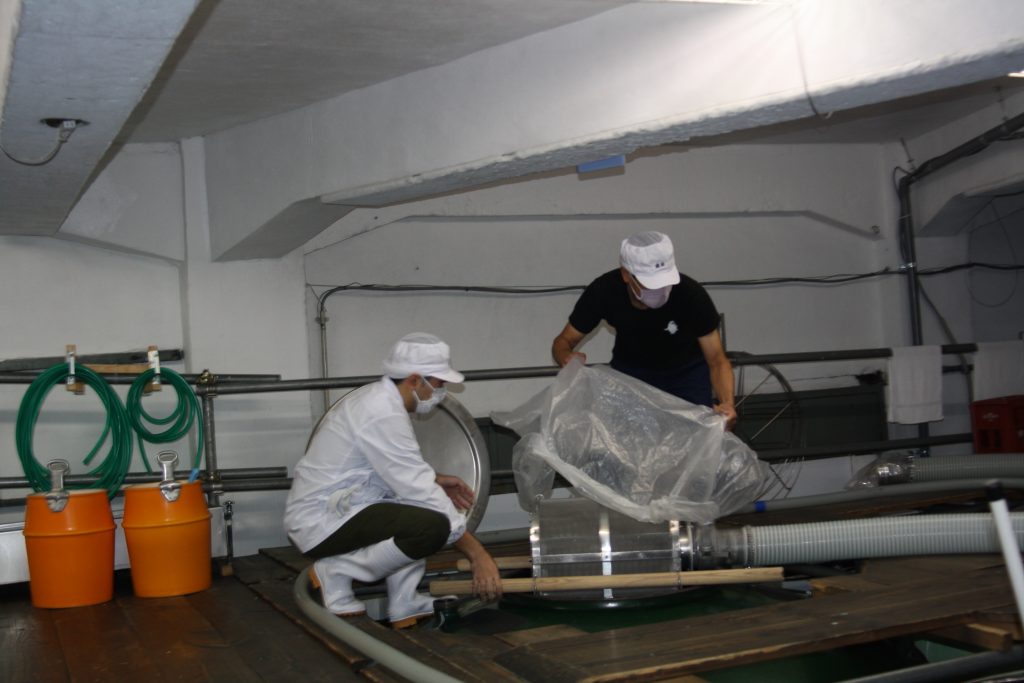
However, Aoki Shuzo have not simply rested on their laurels. Some twenty years ago they completely revamped and modernized their brewery, and now have over 40 tanks brewing 180,000 liters of sake at a time for customers both in YUKIGUNI and all over Japan. Some of their featured styles include “Kakurei,” an umami sake with origins going back to the foundation of the brewery, and “Yukiotoko,” a dry karakuchi sake with a clean taste that is best served hot. For people new to sake in the region, the staff at Aoki Shuzo recommend their Junmai-Daiginjo, a light, fruity, and well-balanced sake.
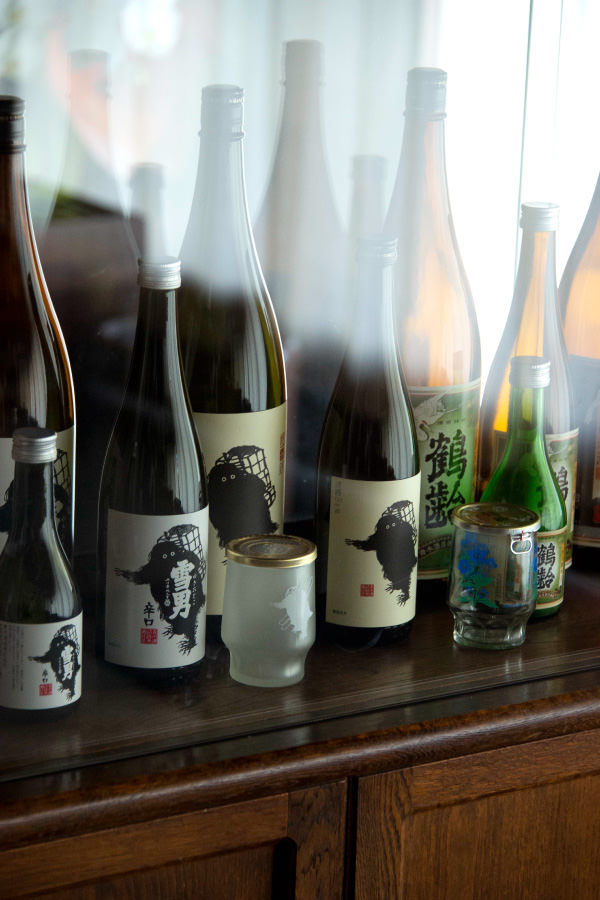
Central to the philosophy of the Aoki Shuzo Brewery is their close connection to the local community. This begins with their location at Minamiuonuma’s historic Bokushi-dori street, named after Bokushi Suzuki, the author best known for writing Snow Country Tales. It was Suzuki himself who gave the brewery’s signature kakurei sake its name, and Suzuki’s son later married into the Aoki family. These days, the brewery sponsors local athletes and also assists with mountain rescue work in the area. This, along with their delicious sake, has resulted in a fiercely loyal customer base, as about half of their product is consumed in Minamiuonuma alone.
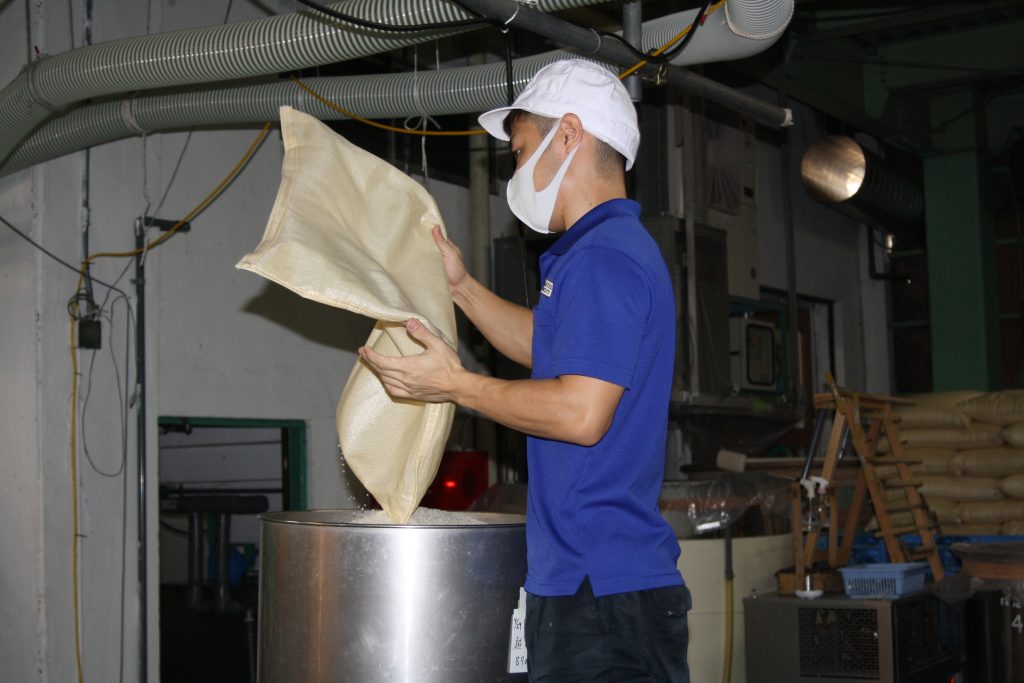
Although Aoki Shuzo has begun to take steps to having their sake available worldwide, they also invite people to try their product in YUKIGUNI. As the staff told me, “When you come to Italy, you drink wine, right? People should enjoy sake here.” Despite the harsh winters, and the challenges that come along with living in such a region, YUKIGUNI has the benefits of a friendly, close-knit community which allowed Aoki Shuzo to thrive through to the present day.
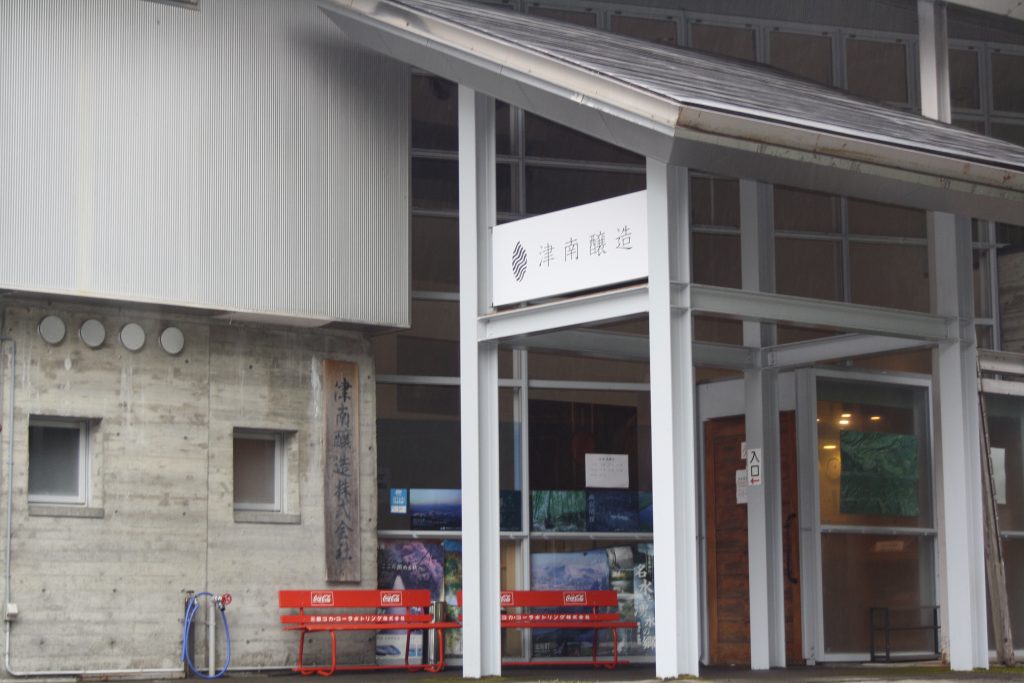
Tsunan Sake Brewery– A modern craft brewer nestled in nature
Let’s go from one of Niigata’s oldest brewers to one of its youngest. Tsunan Sake Brewery began in earnest in 1996 as a collaboration between local farmers and sake brewers. The location of the small brewery- tucked away in a remote part of Tsunan- was chosen due to its proximity to nature and the most important ingredients for premium sake: fresh water which comes straight from nearby Mt. Naeba, site of the Naeba-Sanroku Geopark. The rice, a strain which is called gohyakumangoku, is grown in YUKIGUNI, including Tsunan itself. This rice is much different than koshihikari, the famous regional variety used for food. The reason has to do with the individual rice grains of gohyakumangoku being starchier and more resilient, which helps it to withstand a vigorous milling process.
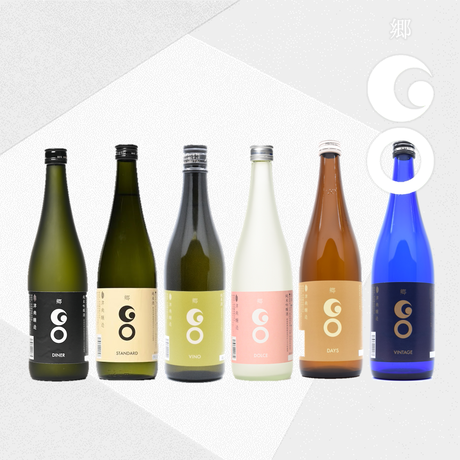
Tsunan brewery only produces its sake during the winter time and in smaller quantities, but this comes with certain advantages. They produce craft sake which, in addition to their “Kirinotoh” and “Go” lines, can also be customized to the tastes of the customer, such as the type of sake, the quantity, and even things like the label and storage temperature. The painstaking process of hand-washing polished rice and strict temperature control means a limited quantity of fresh sake, that’s first available one month later from the start of brewing in December.
Sake Pricing
Speaking of which sake to buy, there is a trend online encouraging unexperienced buyers to buy pricier sake, which isn’t strictly necessary. For example, it is possible to find a perfectly good bottle of sake for as low as 2,000 yen or less, and whether it be a ginjo, honjozo, or futsushu, you should be able to find something just for you. Ginjo and Daiginjo themselves were popularized approximately 100 years ago, due to customers’ desire for an easier-to-drink sake. However, they can be more expensive to make, since they require more rice, which is polished down to a larger degree than a honjozo or futsushu sake, which is polished down the least. This is not to say that people should avoid futsushu; in fact a quality futsushu, such as from the makers featured here, can be perfect for a casual drink with some friends.
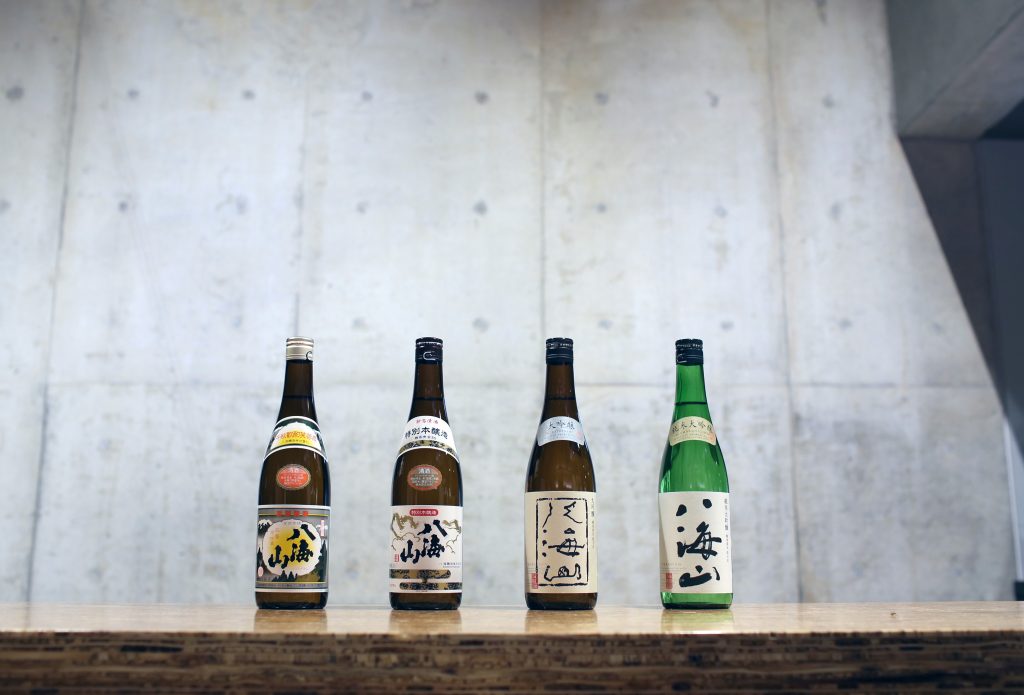
Hakkaisan Sake – Modern sake for a new world
People who are familiar with western breweries know that the best brewery tours feel almost like being in a theme park for adults. For YUKIGUNI, that place is Uonuma no Sato, a collection of breweries, restaurants, cafes, and shops where you can enjoy all sorts of local sake, beer, and spirits, courtesy of Hakkaisan Brewery.
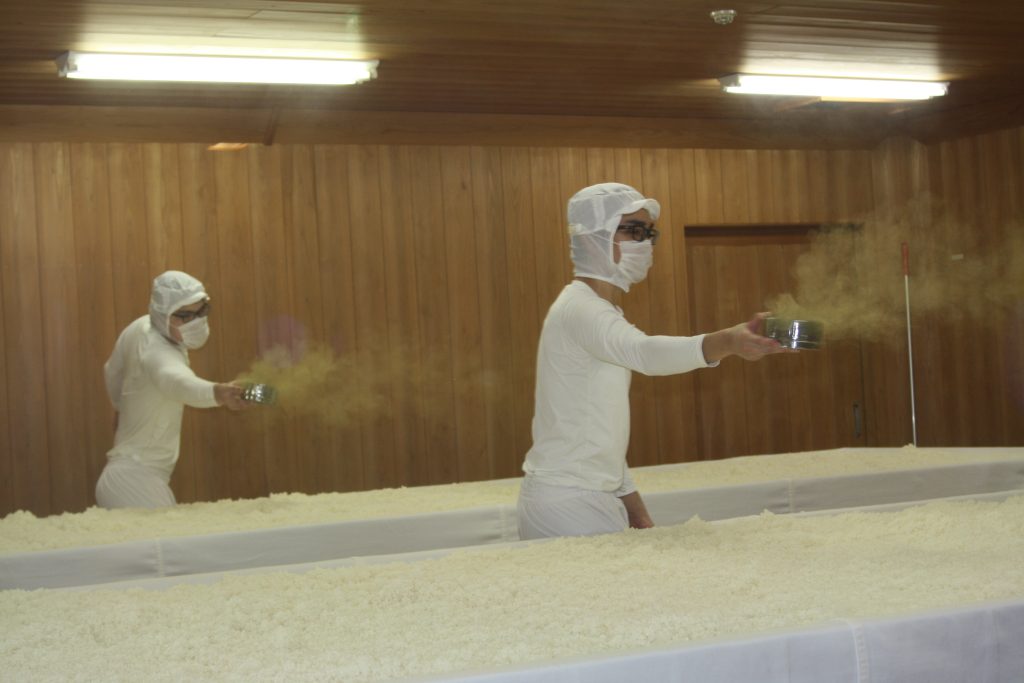
First on our tour of Uonuma no Sato was their on-site brewery. You can view the rice as it is polished, soaked and steamed with state-of-the-art equipment. The whole process takes more than 2 days, and requires regular supervision by the Toji and other brewery staff. Then the rice koji is put into giant tanks and mixed with yeast, water, and even more rice. This moromi process takes approximately one month in total, the result of which is sake that is ready to be filtered and pasteurized.
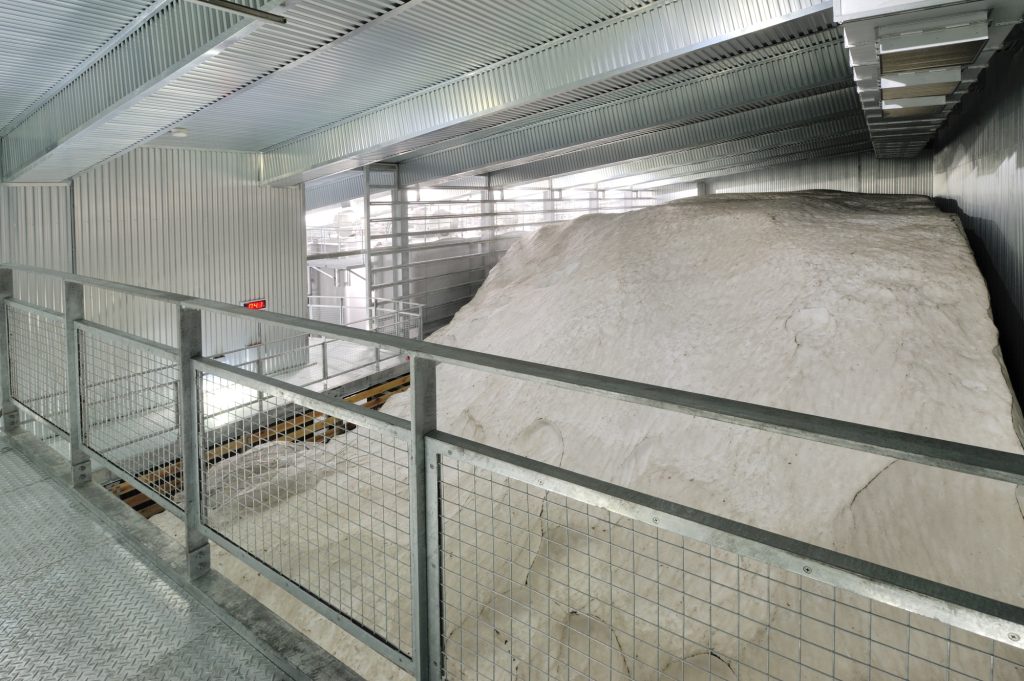
Once the finished sake is produced, it is ready to be stored at Hakkaisan’s special Yukimuro- a “natural refrigerator” filled with snow whose use goes back to the 8th century and has been revived because it does not use electricity. It also shows how utilizing the abundant snow is still a way of life in YUKIGUNI.
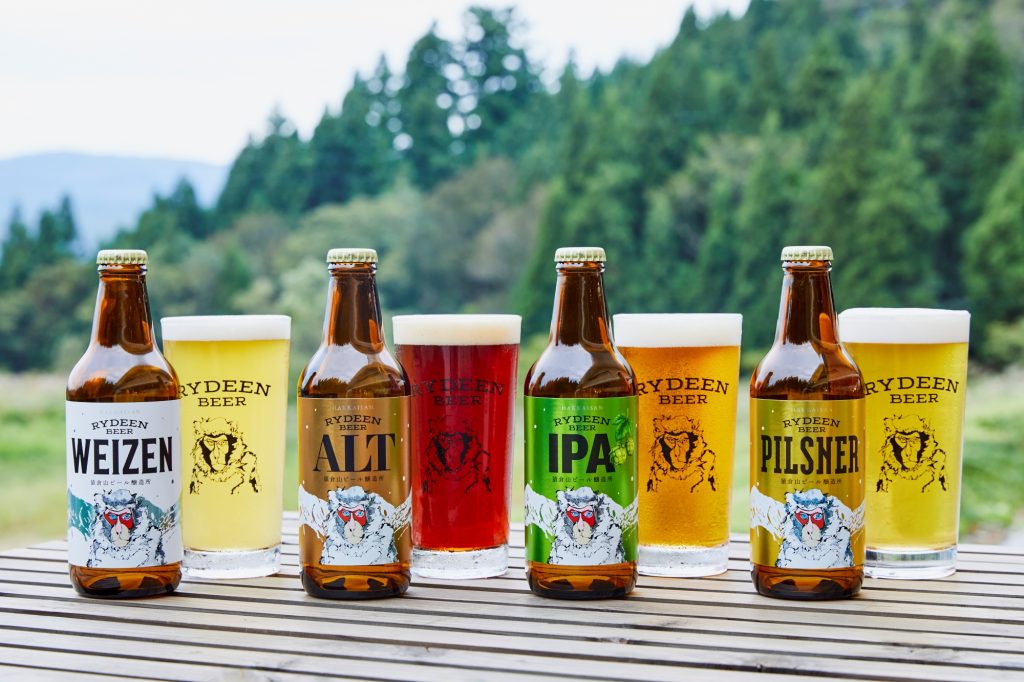
Not just superior sake- Hakkaisan Beer and more
Not content to only produce sake, Hakkaisan has a wide variety of other offerings. This includes a selection of Rydeen beers available at their beer garden. On tap you get their own pilsner, IPA, weizen, or altbier along with seasonal varieties. This is meant to be paired with the food they serve in the restaurant, such as a mouth-watering selection of burgers. There is also a bakery with a selection of fresh bread, including special amazake pan. The comfortable seating is in full view of the beautiful mountains. Elsewhere, Hakkaisan has just opened a brewery in Niseko for making their own original gin and whisky.
Sake pairing- A match made in heaven
Among other recent developments in sake is a push to connect sake drinking and cuisine. So what food does sake go well with? The simple answer is Japanese cuisine, but this doesn’t tell the whole story. Sake is a very versatile spirit, and while the stronger karakuchi sake pairs well with meat dishes, a daiginjo, for example is perfect for something like sashimi. A honjozo sake is best served with heartier meals, like oden stew. And as for sweet sake? Like wine, grab some nice cheeses and enjoy!
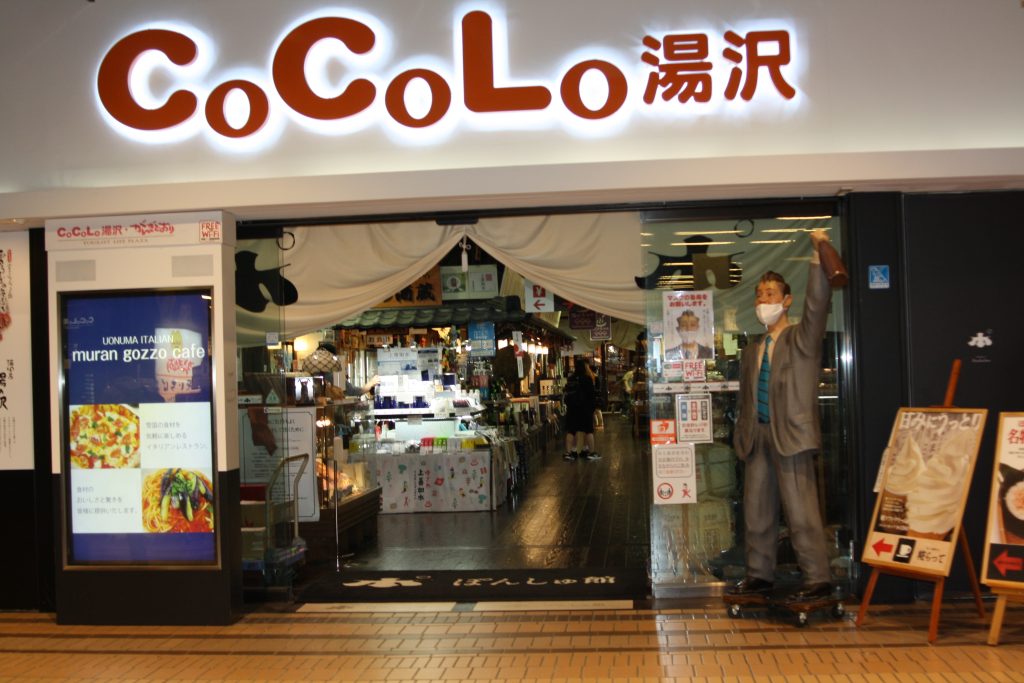
Everything Sake can be found at Ponshukan!
When you have had your fill of sake tours, the best place to end your journey is at the Echigo Sake Museum, also known as the “Ponshukan.” There are 3 such places in Niigata, including right inside Echigo-Yuzawa station!
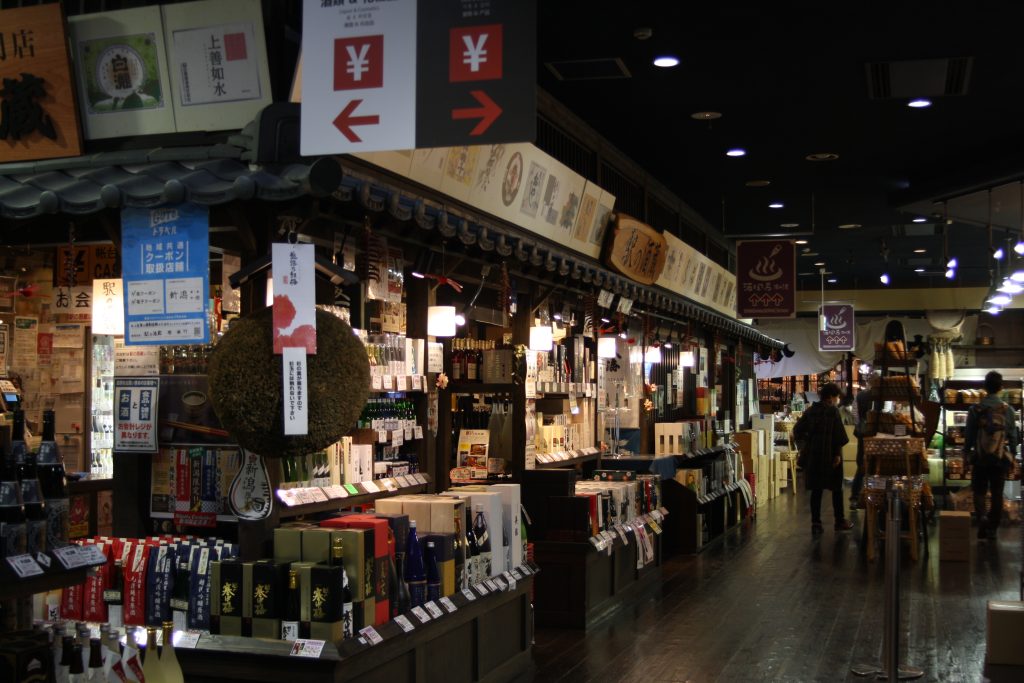
The Ponshukan has a large selection of sake, with a special focus on local brands, such as those from the breweries mentioned above. There are also a wide variety of sake-based gifts and snacks, such as their famous sake brownies called yukiguni renga. If the sheer amount of sake for sale is too overwhelming, you can also participate in tastings on the premises, which are very reasonable at only 500 yen per person. It is also possible to take a dip in their exclusive sake bath!
Information for Travelers
Aoki Shuzo
Address: 1214 Shiozawa, Minamiuonuma City, Niigata Prefecture 949-6408
Tours are currently not available from this brewery
Tsunan Sake Brewery
Address: 7141 Akinari, Tsunan Town, Naka-Uonuma District, Niigata Prefecture 949-8313
Tours available, reservation required (Phone:025-765-5252)
Hakkaisan Uonuma no Sato
Address: Nagamori, Minamiuonuma City, Niigata Prefecture 949-7112
For tour information, please inquire at the front counter on the day of your trip or call 0800-800-3865
Echigo Sake Museum (Ponshukan)
Address: 2427-3 Yuzawa, Yuzawa Town, Minamiuonuma District, Niigata Prefecture 949-6101 (Located inside Echigo-Yuzawa Station)
Hours:9:30 a.m. to 6:00 p.m.

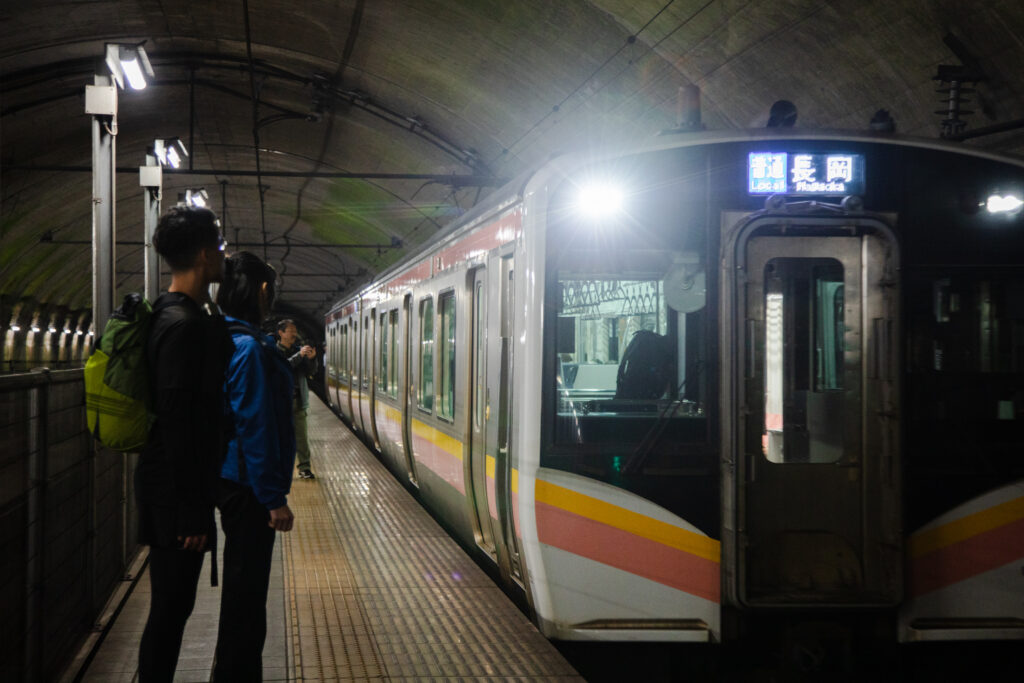
-1024x626-2.jpg)
